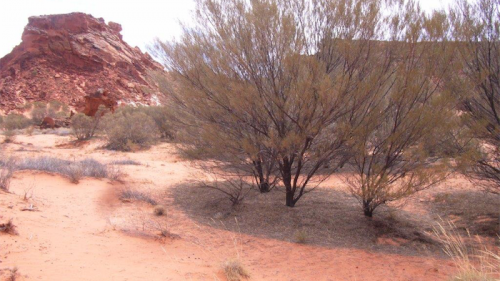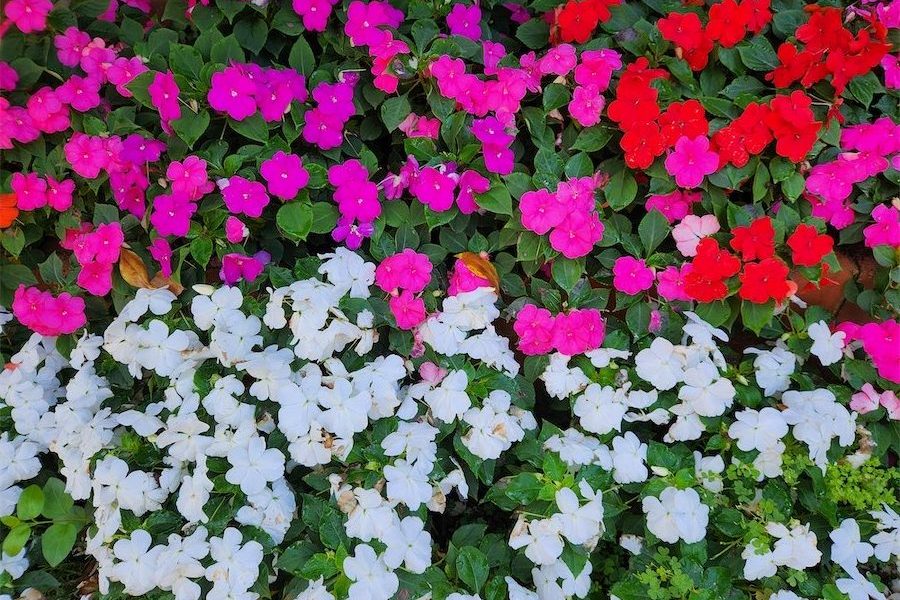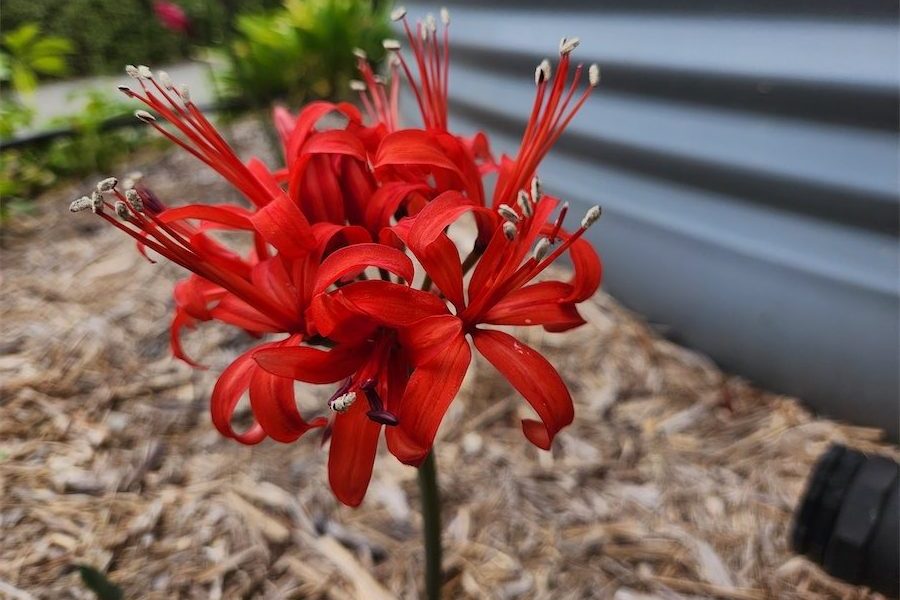
As the days warm and evaporation increases, it is time to mulch.
Canberra’s average annual rainfall is 620mm, but the annual evaporation rate is a staggering 1800mm!
Without mulching the soil dries out at an incredible rate.
With no mulching, shallow-rooted plants such as azaleas and rhododendrons simply cook.
While any mulch is better than no mulch, not all mulches are equal. Some of the traditional ones, such as pine bark (or tan bark) take forever to break down and are of no benefit to the soil at all. Likewise pine chips, which now come in designer colours of rich red or charcoal. Fine eucalyptus chips are great for only one use in the garden and that’s making paths. It packs so tightly it prevents water reaching the plant’s roots. It stops almost all weed growth.
Mulching keeps the ground moist and at a lower temperature and reduces run-off. In turn, by reducing the frequency of watering mulching reduces weed growth.
Keep in mind that with drip systems the lines are always placed on top of the soil and under the mulch.
If the mulch has been down for a couple of seasons, I recommend lifting all drip lines above the existing mulch before applying a new layer. If nothing else, it provides a good examination of the system to check joints or pin holes in the lines.
If mulch has been down for a while and has become compacted, it’s a good idea to give it a light hoeing to allow rain to penetrate more easily.
MULCH material should be a combination of coarse and fine material to allow good water penetration when it rains. If it is too fine the mulch becomes hydrophobic and repels water rather than allowing it to reach to the plant roots.
To reduce weed growth, ideally it needs to be at least 75mm thick and, at the same time, kept back from the stems of trees and shrubs to prevent collar rot. Always thoroughly wet the soil before applying mulch. The mulch will break down naturally and from worm activity. Worms are the perfect indicator of a healthy soil.
Finally, the mulch must be economically viable. For a small courtyard garden lucerne, pea straw or sugar cane mulch is ideal. However, on most blocks the cost would be prohibitive.
In all my landscaping projects, I recommend Canberra Sand and Gravel’s Organic Mulch. It comprises organic waste put through a large commercial shredder, then composted for a period before passing through the shredder a second time. The resultant charcoal colour suits all plants and provides a natural appearance, particularly in bush gardens.

- Finish planting summer-flowering bulbs.
- Prune winter-flowering Camellia sasanqua and a spring feed to encourage next year’s buds.
- If the worst of the frosts are over, citrus can be planted out in a sunny position. It is vitally important to plant into well-drained soil. Water in at planting with Maxicrop Seaweed Plant Nutrient.
- Plant globe artichoke suckers, Jerusalem artichokes tubers, asparagus crowns, lettuce, onions and English spinach seedlings now.
Who can be trusted?
In a world of spin and confusion, there’s never been a more important time to support independent journalism in Canberra.
If you trust our work online and want to enforce the power of independent voices, I invite you to make a small contribution.
Every dollar of support is invested back into our journalism to help keep citynews.com.au strong and free.
Thank you,
Ian Meikle, editor




Leave a Reply